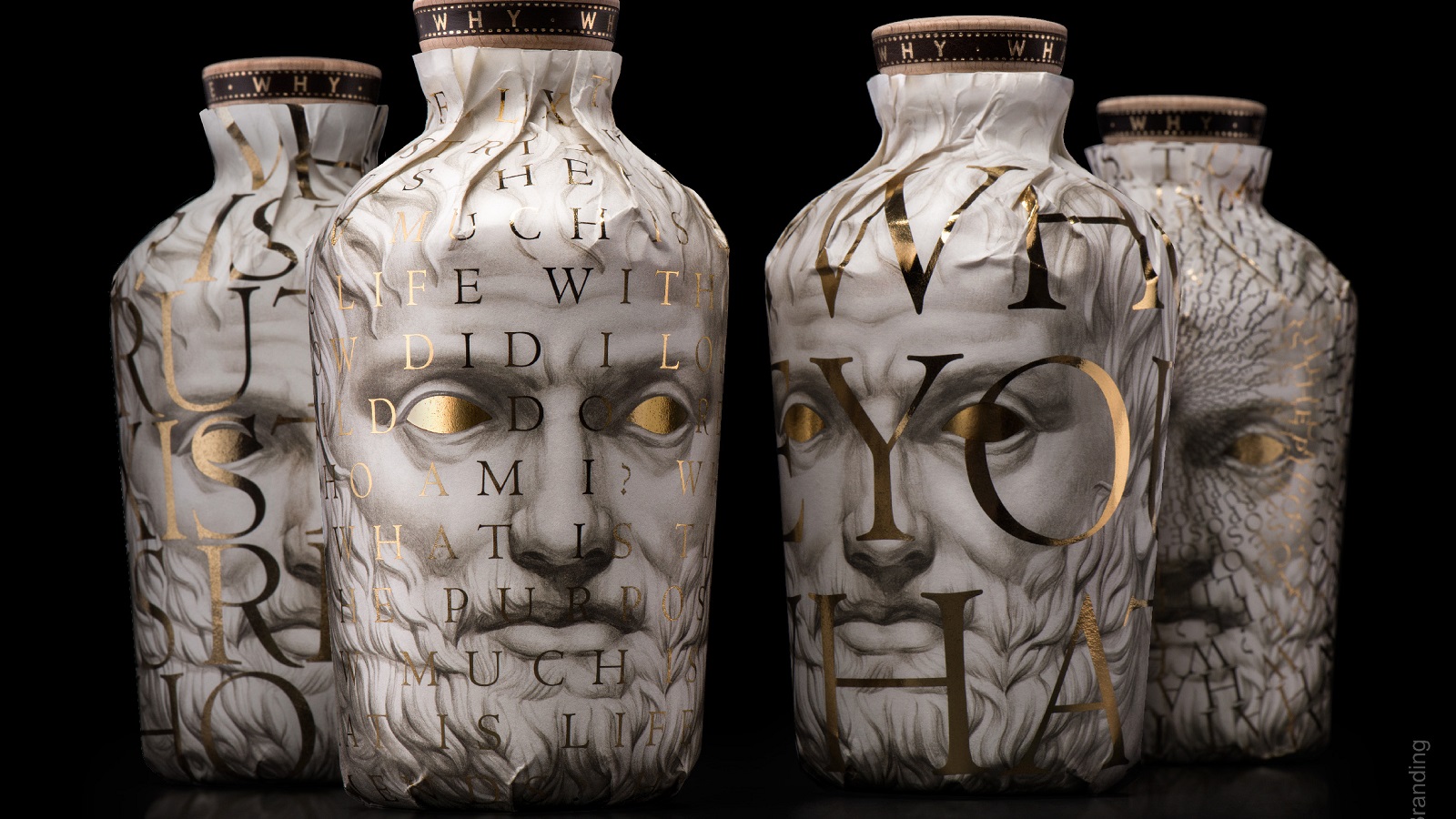When the subject of Ancient Greece pops up in someone’s head, almost instantly they think of their culture: The Greeks have shaped mathematics, astronomy, medicine, and they were known for their sophisticated sculpture and architecture. Well, maybe we don’t always think in that order and maybe we don’t mention them all. But we can bet that the first thought that comes into your mind when speaking about Ancient Greeks is philosophy. Oh, and wine (please, forgive us, Dionysus).
Pythagoras, Plato, Socrates, and Aristotle are some of the most famous and influential philosophers of all time. Not only did they shape this discipline, but some of them were also drinking buddies. And this should not come as a surprise since wine has played an important role in ancient times. During those days, wine was the glue that kept philosophers at the same table, discussing and debating the meaning of life.
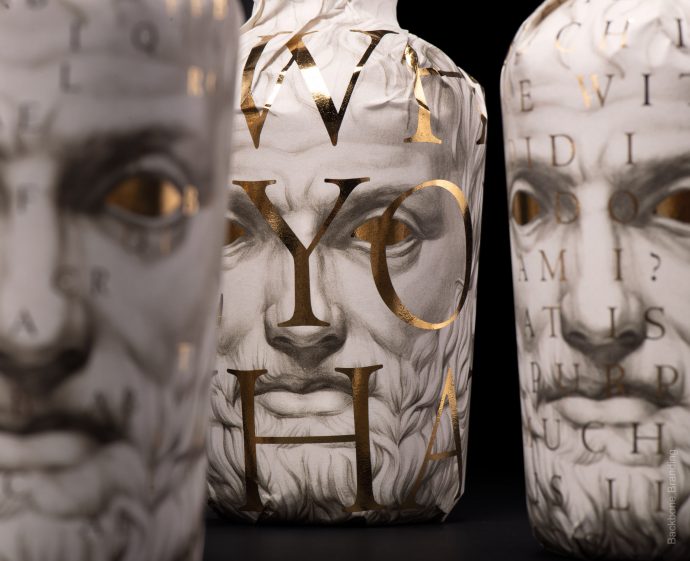
Just to make an idea of how a party unfolded between them, check out what Plato wrote in his Symposium: “Socrates took his seat…and had his meal… When dinner was over, they poured a libation to the god, sang a hymn, and – in short – followed the whole ritual. Then they turned their attention to drinking. At that point, Pausanias addressed the group: “Well, gentlemen, how can we arrange to drink less tonight? To be honest, I still have a terrible hangover from yesterday, and I could really use a break. I daresay most of you could, too, since you were also part of the celebration. So let’s try not to overdo it.”
Next, the notable group of men attending a banquet decided to drink “only as much as pleased them.” They sat down at a table and started to discuss. They agreed that some Gods have been honored through great hymns, while others were avoided, such as the God of Love.
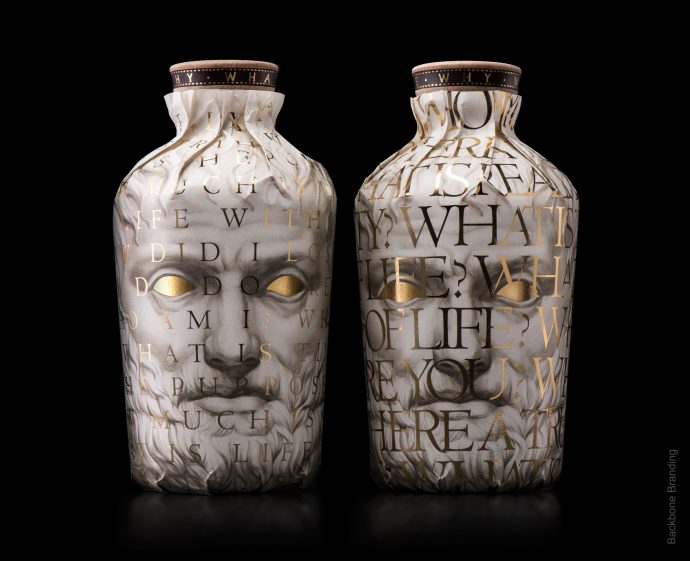
Fast-forwarding several thousand years, we are witnessing another discussion, this time between contemporary philosophers who focus on design and other visual elements. Creative directors, art directors, and content writers, all gathered around a table placed in Backbone Branding studio to discuss the meaning of… design and how it can be used to bring an ode to Ancient philosophers.
You see, it’s all just history repeating itself…
Inspired by Plato’s “Symposium,” the artists created the packaging design of a new brand of wine, Φ I L O S O Φ. To evoke the concept of wisdom and deep thinking, the Yerevan-based agency came up with a design that features the portrait of an Ancient time philosopher. The carefully hand-drawn, black-and-white illustration features the image of a thinker with facial traits reminiscent of old Hellenic statues.
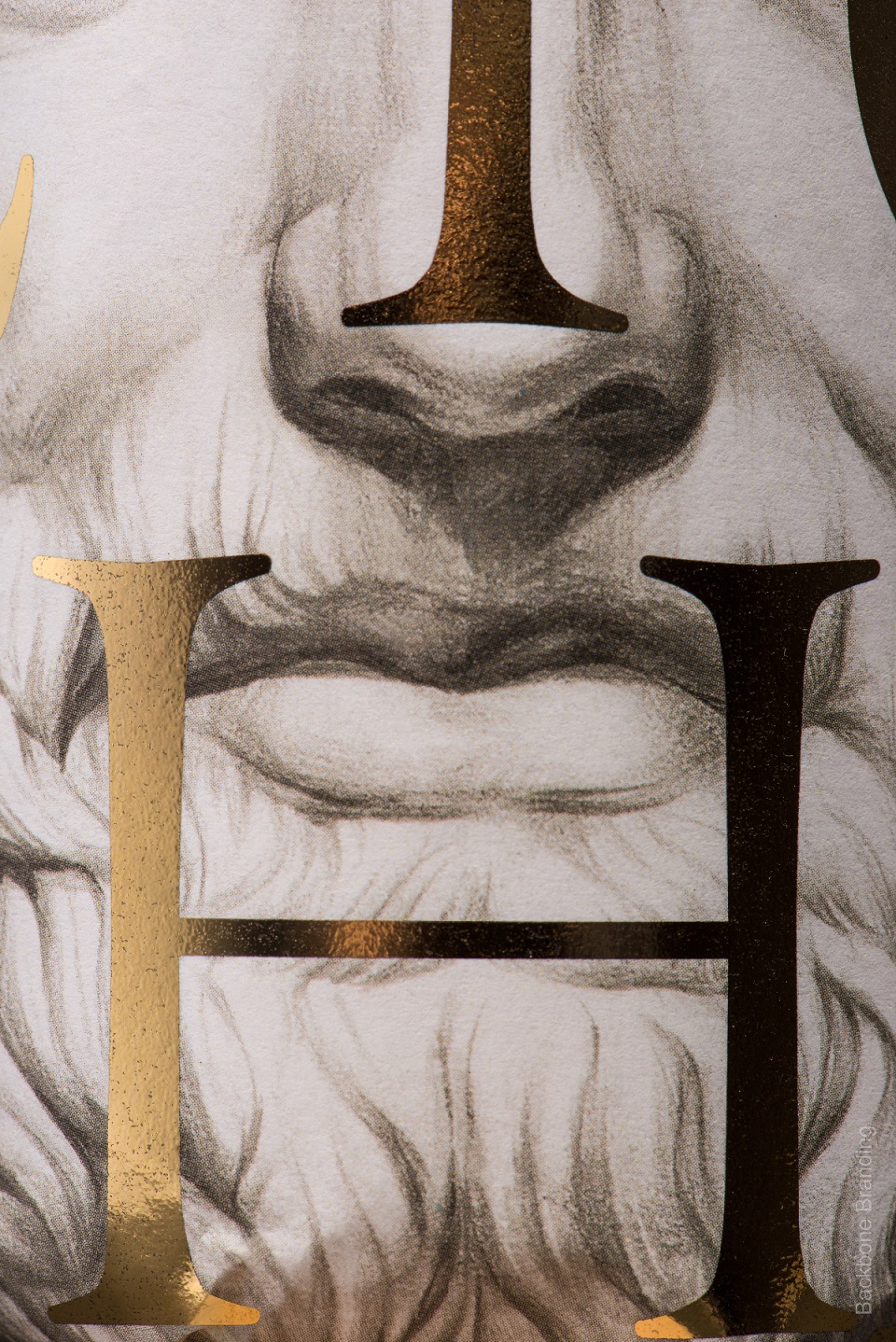
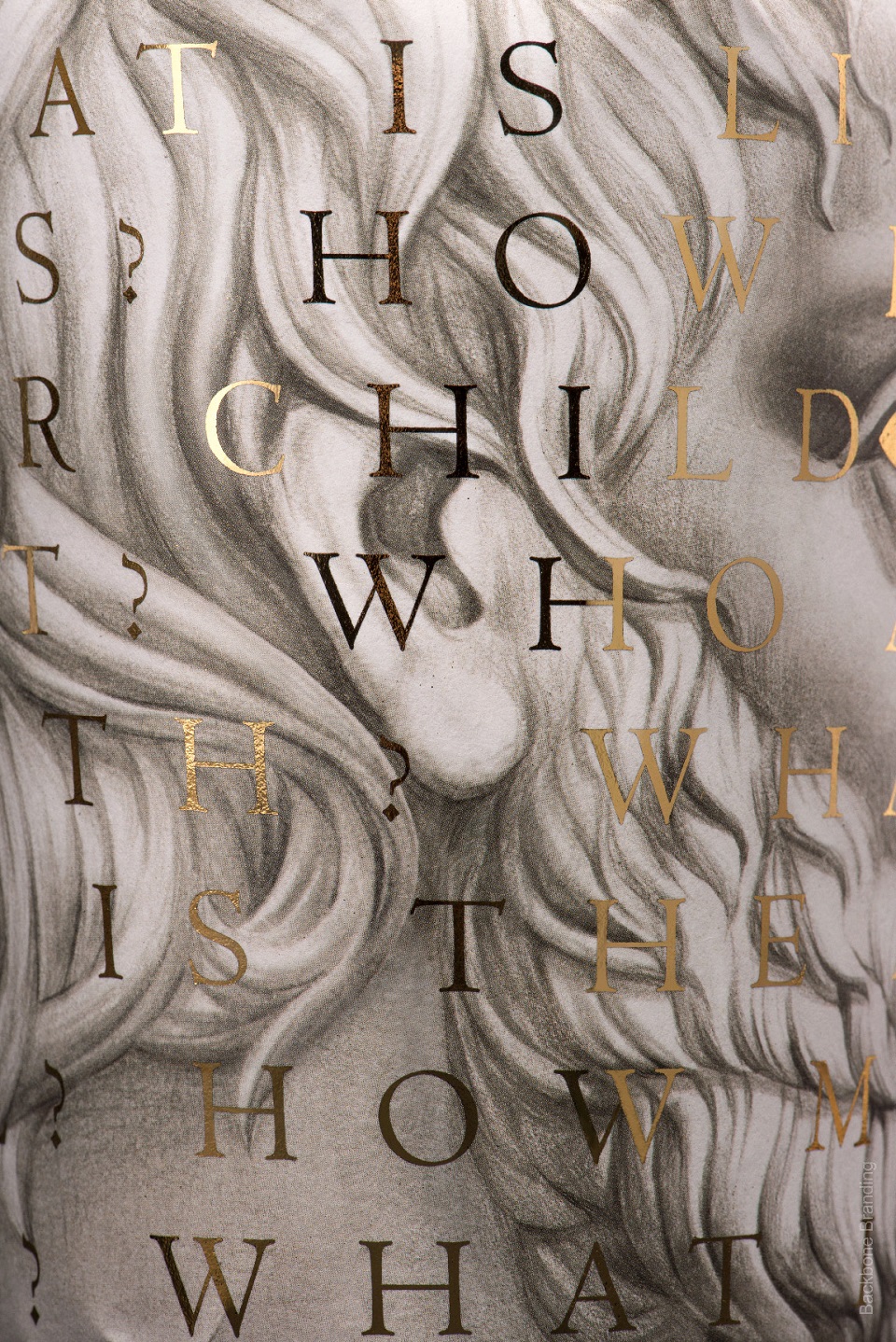
“Through our design, we wanted to travel inside the mind of the philosopher. Our goal was to explore the journey that a thinker goes through during the development process of thought. Hence, we wanted to depict and visualize the different stages of the evolution of an idea. These consecutive steps during which the idea develops and comes to maturity are visually exteriorized through expressions and emotions on the thinker’s face,” the contemporary theorists behind the project said.
Then, they used the illustration to wrap up the bottle of wine. Once this layer of paper is taken out, we see a ceramic jug that is a faithful replica of a typical oinochoe. Its design is split into two parts: Gold and white. While gold makes us think about something material, white resumes to the soul, representing the philosophers’ questions regarding the journey from something material to a spiritual world.
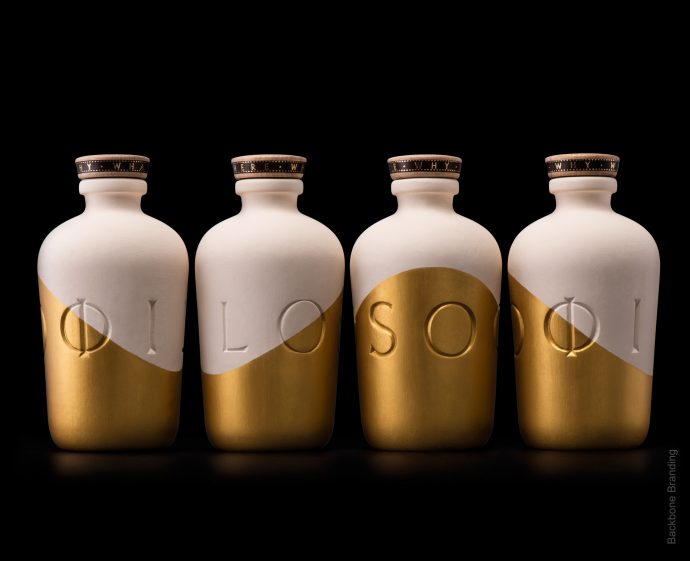
“Given all the chaos that goes on inside one’s mind, we wanted this brand of wine to transfer a specific message to its consumers. To tell them to slow down, take a break from the overwhelming everyday life, and take a moment to reflect,” conclude the artists.
This packaging design doubles as an invitation too, which the artists use to ask wine consumers to embark on a journey of deep thinking and explore the beauty of their minds.
Credits:
Studio: Backbone Branding
Creative Director/ Design Idea: Stepan Azaryan
Brand Strategist: Lusie Grigoryan
Art Director/ Illustrator: Mariam Stepanyan
Project Manager: Marianna Atshemyan
Graphic Designer: Stepan Azaryan
Motion designer: Sahak Zarbabyan
Content Writer: Grace Jerejian
